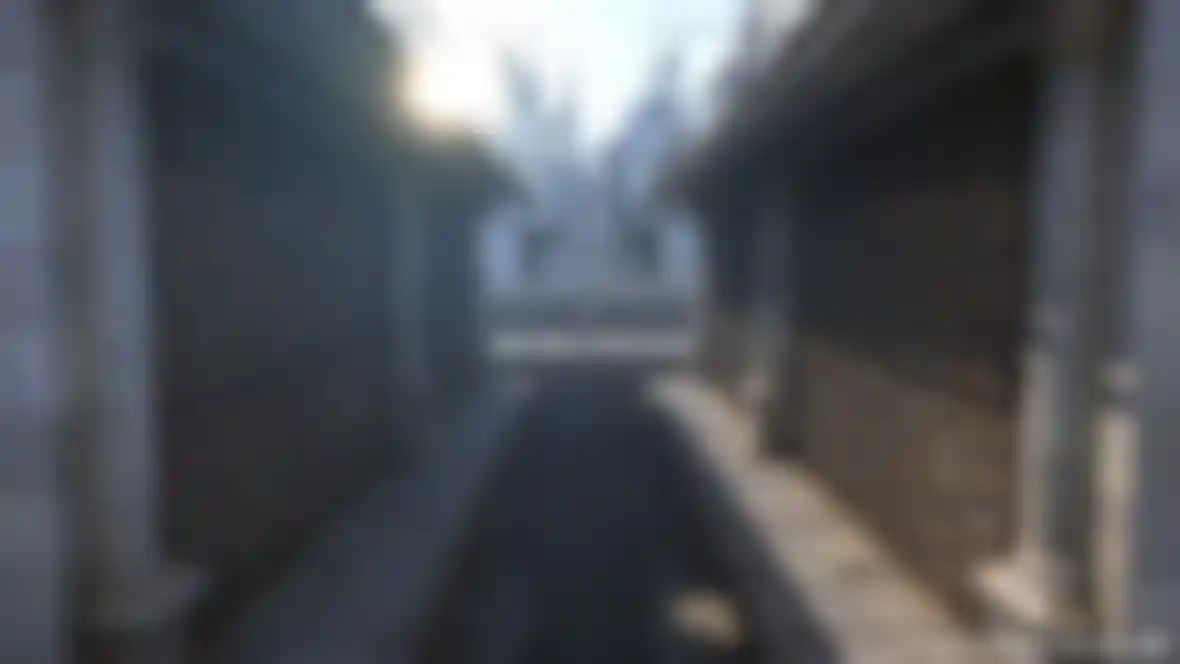
Mill TV's Lead Matte Painter, Simon Wicker, on How Cinema 4D Helped Create a Library the Size of an Entire Planet for Doctor Who "I like how straightforward Cinema 4D is to use. You don't have to think about process and procedure all the time."
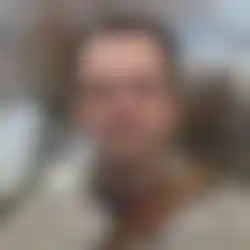
Dang-der-dang, der-dang-der-dang… whoo-ooo-oooo-oooh." The iconic British television series Doctor Who has been recognized for its visual effects with a coveted VES award. Maxon caught up with Simon Wicker, Lead Matte Painter at Mill TV, the company behind the effects, to find out how Cinema 4D and its Advanced Render 3 module helped out on Doctor Who.
Tell us about your background and how you got into matte painting.
I started out working on commercials doing titles and graphics at The Mill, just as it started up its film effects department, Mill Film. I was lucky enough that when I asked for an opportunity to try out as a Matte Painter for Mill Film, they agreed, and the first real project I worked on turned out to be Ridley Scott's 'Gladiator'. I also worked on other high profile films like 'Star Wars: Episode II - The Attack of the Clones' and 'Star Wars: Episode III - Revenge of the Sith' at Industrial Light & Magic, and 'Harry Potter and The Prisoner of Azkaban' at Moving Picture Company, before joining Mill TV.
What did Cinema 4D do in the award-winning Doctor Who episode 'Silence in the Library'?
The Library was a major character in the story and it was clear we would be best off creating full 3D environments for the shots. We needed several hero buildings that could be augmented with more numerous generic elements that could be quickly built up into a scene without any post 2D work. So in this case, when you see the Library, you are seeing 100% Cinema 4D.
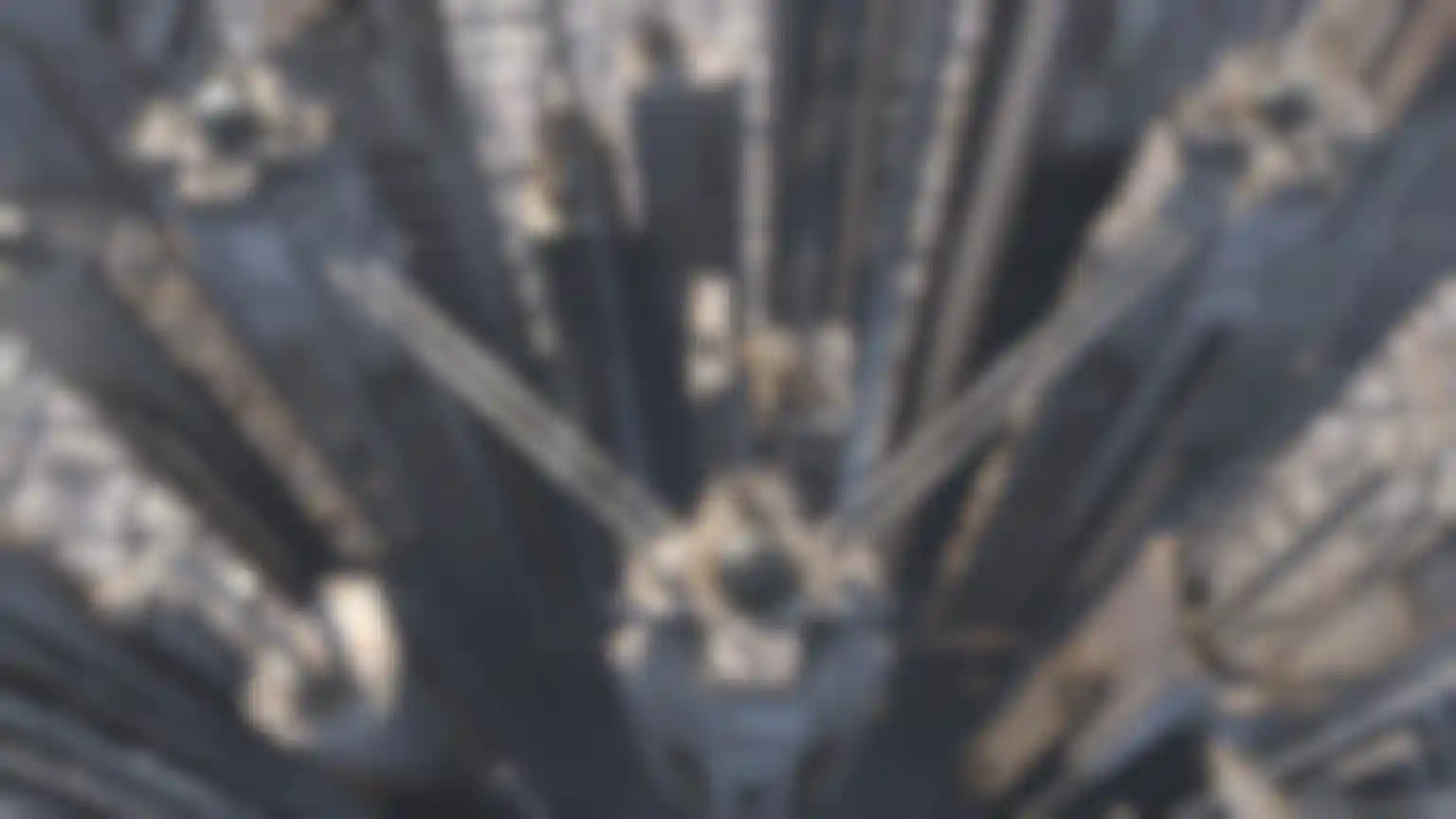
How big was the Library in terms of number of polygons?
The Library ended up around 6 million polygons a shot, which I thought was quite a lot at the time. I'm currently working on a shot with lots of 3D trees that is pushing 18 million polygons. This is one of the things I like about Cinema 4D - you can always push the limits. When you work on television, you don't always have time to come up with an elegant solution for problems. Often, you have to take a brute force approach and keep your fingers crossed - so far, Cinema 4D has always come up trumps.
Did any of the new Cinema 4D R11 features make a big difference on Doctor Who?
The new global illumination in Advanced Render 3. Without that, these shots would never have been completed on time. The results were amazing. I could render a 175 frame camera animation at widescreen PAL resolution overnight on my new Mac Pro without a trace of GI flicker.
Was Cinema 4D particularly stable?
Completely. Cinema 4D has always been bullet proof for my work.
How do you go about creating a library that is the size of a planet? What was your starting point and inspiration?
Well in this case, we worked from the inside out. The crew had already found a location that they were using for filming the interior shots of the Library that was fairly classical looking - lots of Romanesque pillars and wood. Most of the action takes place in various 'Index' rooms that are connected by long, book-filled corridors, so we built a hero Index room that followed the shape and style of the real location and extrapolated this into a huge skyscraper-like structure. We then created several generic buildings in a similar style to fill out the background and a few set pieces of walkways and book-lined corridors to use as foreground elements.
There was an initial idea that the buildings should be literally covered in books, books piled up to the sky, but I just couldn't understand how this could possibly work - how you could still get the impression of millions of tiny books over such astronomical distances. So I steered back to a more standard enclosed building style. Of course, just after 'Silence in the Library' had aired on TV, I took my son to watch Wall-E at the cinema where they had, ta-da, buildings as far as the eye can see, made of piles and piles of rubbish. Curse you, Pixar!
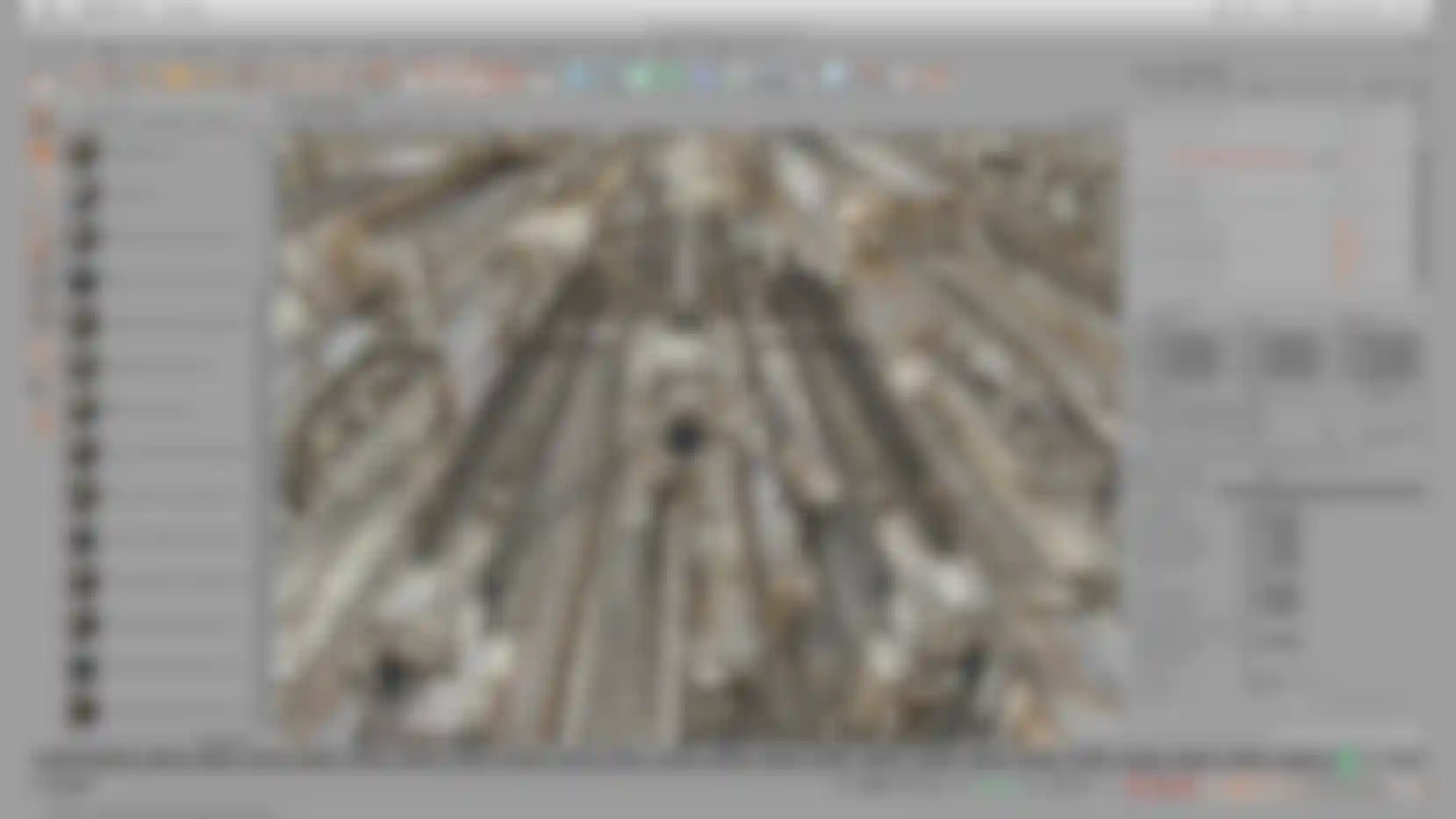
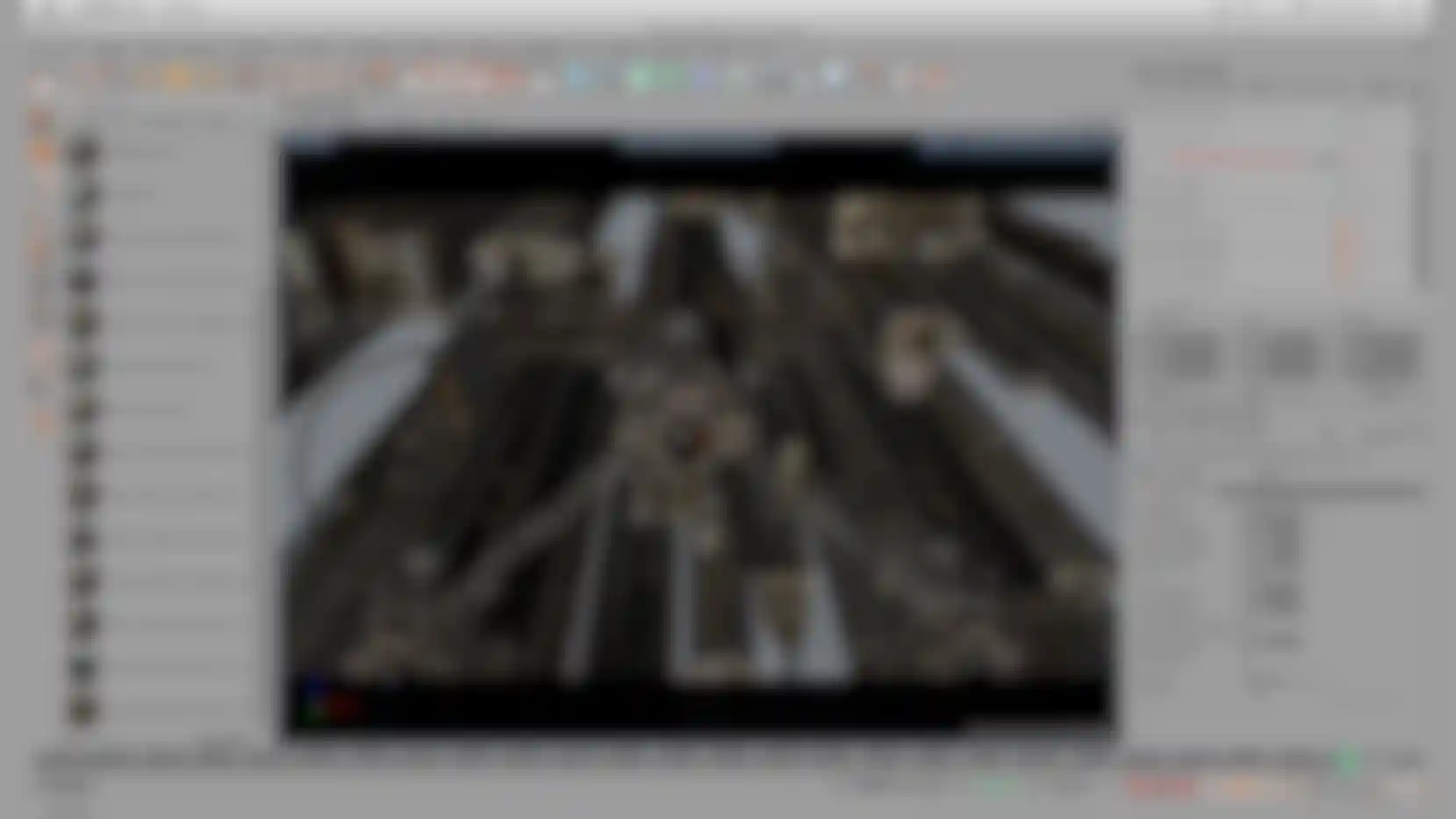
Did you use real-world units of measurement in Cinema 4D when creating the Library?
We work in either centimeters or meters depending on the size of environment we are creating. A room-sized environment would be built in centimeters; large scale environments like the Library would be built in meters. We stick to metric units so we can easily mix and match elements between scenes and we can always reuse generic elements to speed things up.
What is the main difference between doing matte paintings for TV versus for film?
Time. Budgets for television are miniscule compared to the money spent on a feature film, so the amount of time spent on a shot is necessarily much smaller. However, the ambition is the same: the desire to show things on screen that amaze and delight people. This means that you have to come up with very creative solutions to make sure that you capture the scope of an image without compromising the quality, in as short a time as possible. 'Silence in the Library' is kind of the culmination of this, because I deliberately went into it wishing to give the production free reign with their cameras so that every shot of the Library is moving and alive.
Why did you become a matte painter?
It just seemed like the most fun that you could have doing visual effects. Matte painting is very hands-on and experimental. Also, you get to mix things up, a bit of 2D and 3D.
What's the most important thing in a matte painting?
Two things: tell the story, and don't stand out. You have to create an image that follows the style of the film or television show as determined by the director and director of photography, matching light, color, film stock, etc. Also, you need to make sure that you understand exactly the reason for the matte painting - at this point in the story, what information needs to be communicated to the audience. Location, mood, etc., I'm always striving to make images that look 100% real, even though I know that there are a million and one things (mainly time-related) that make this an impossibility. In this case, you just have to make sure you create an image that has a certain visual integrity.
Tell us about Cinema 4D's usage at Mill TV.
Cinema 4D is the main 3D app used by the Matte Painting department at Mill TV. We use it for all of our environments, ranging from full 3D scenes to building geometry for 2.5D projections and creating elements for 2D composites. You can see Cinema 4D in our work for Doctor Who, The Sarah Jane Adventures, Torchwood and Merlin.
Were you a fan of Doctor Who?
My very first memory from Doctor Who was the cliffhanger ending of the first episode of 'Planet of the Daleks,' where Jon Pertwee reveals the form of an invisible Dalek using a can of spray paint. I was five at the time and, after catching that episode, I was completely hooked and never missed a single one. The production team has always intended Doctor Who to be a vehicle for firing the viewers' imaginations, and the number of fans of the classic series now working on the new series shows how well the format works.
What's your favorite Doctor Who monster?
There are far too many great monsters to choose from in Doctor Who. The best monsters ever clearly have to be the Daleks, but you then have equally fantastic creations like the Cybermen, Sontarans and Ice Warriors, and less well known monsters like the Zygons and Silurians. They might not have had the budget in the old days, but the visual effects designers on the original Doctor Who certainly had an eye for an iconic design.
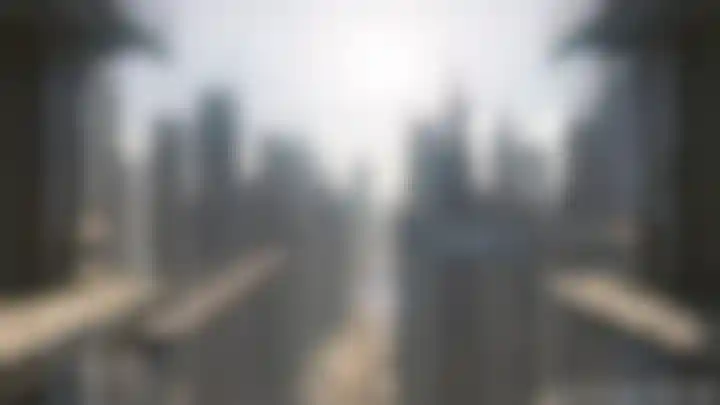
What did you enjoy most about creating the Library? And the least?
With regards to the 3D, I enjoy modeling the most and texturing the least. When you are confronted with twenty buildings that need individual color, reflection, bump and specular maps, the enormity of the process can really be soul destroying - you just have to turn into a machine to crank through these things. I think I'm also a finished product kind of person. The actual process of getting from a blank screen to a finished product is always a hard slog, and it is only the satisfaction of looking at the results of all that hard work that makes it worthwhile.
What makes Cinema 4D a good choice for matte painting?
Cinema 4D is an artist's tool, so it is the perfect accompaniment to an artistic process like matte painting. I like how straightforward Cinema 4D is to use. You don't have to think about process and procedure all the time. Working in Cinema 4D is the 3D equivalent of pulling out your sketchpad and pencil and just being creative. I have used several 3D apps and Cinema 4D is the one that really gets out of the way and allows you to do stuff.
Do you use Cinema 4D's multi-pass rendering?
Yes. Sometimes I create an artistic setup of layers so that I can control the lighting and 'look' of a shot (so I may render out individual passes of lights, fog and global illumination for layering up in After Effects). I tend to start out with a base GI pass, sky lighting and depth pass, and then decide whether any extra elements are needed to finesse a shot.
What are you currently working on?
We are currently working on this year's four Doctor Who specials and the new season of Merlin.